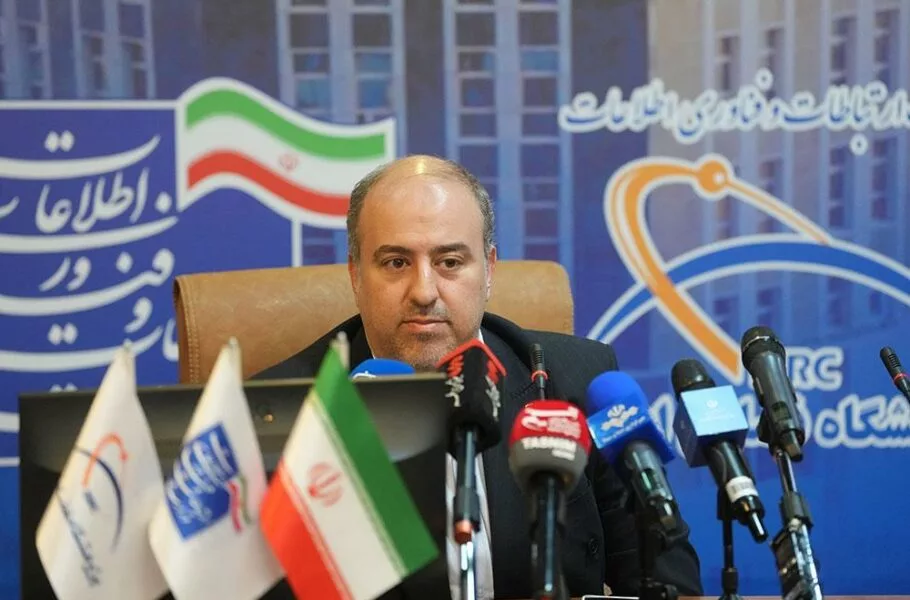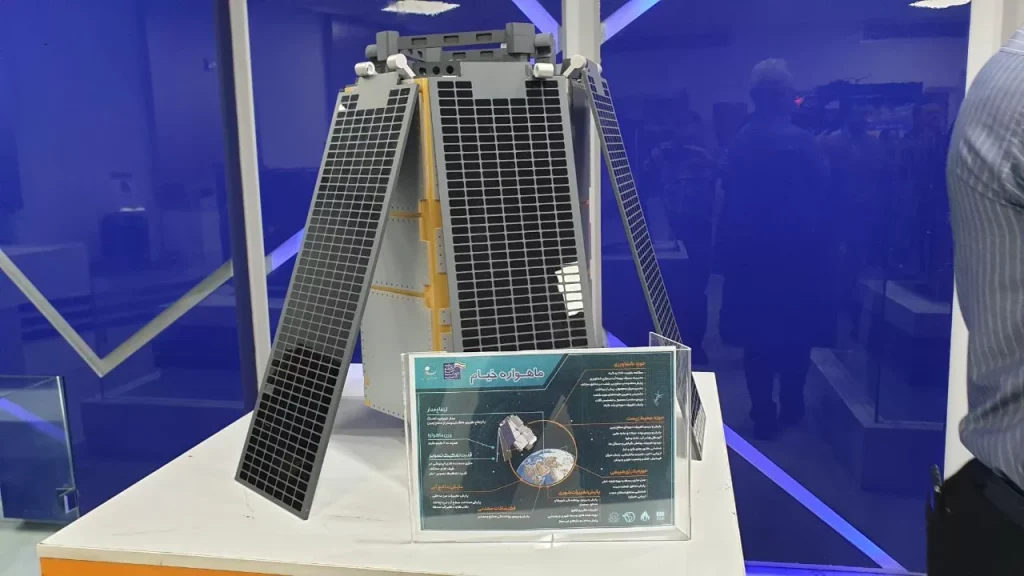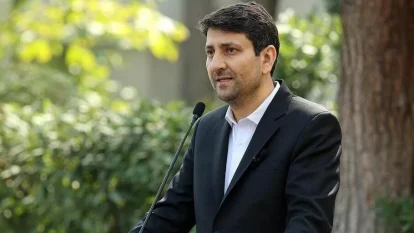
Iran Ready for Joint Satellite Development with Neighboring Countries
Vahid Yazdaniyan, Director of the Iranian Space Research Center (ISRCA), stated during a press conference on Monday, April 15, 2025 (Farvardin 25, 1404) at the ...
Vahid Yazdaniyan, Director of the Iranian Space Research Center (ISRCA), stated during a press conference on Monday, April 15, 2025 (Farvardin 25, 1404) at the institute's headquarters: "In line with national policies promoting peaceful cooperation, we are prepared to transfer technology to neighboring countries."
He added: "Following the Communications Minister's emphasis on technology diplomacy, Iran is ready to provide services and jointly develop satellites with neighboring nations."
Space Industry in a Glass Room
During the event, journalists toured ISRCA's space technology achievements. Yazdaniyan explained: "Until now, satellite programs and space industry developments have operated behind closed walls, away from public view. We aim to conduct satellite activities in a transparent 'glass room' environment."
Emphasizing that only 10-20% of satellite activities involve governance aspects, he noted: "The remaining activities form part of an economic ecosystem and serve peaceful, practical purposes. Most professionals in this field are academics and university professors."

Satellite Cooperation as a Message of Peace
The ISRCA director continued: "Iran possesses more advanced satellite knowledge and technology than neighboring countries. In accordance with national policies promoting international engagement, we're prepared to transfer technology and knowledge, and undertake joint satellite projects that promote friendship and peaceful applications for economic development."
"Due to sanctions, we've focused on developing indigenous knowledge over recent years. Over 90% of satellite equipment and subsystems are now domestically produced, with any imported components serving mainly as backups," Yazdaniyan stated.
He highlighted commercialization of the institute's technical achievements, including solar panels originally developed for satellites that now address energy imbalance issues. "We're developing solar energy storage systems to ensure power stability during outages, with proposals currently under review," he added.
Development of Earth Observation Service Platform
Yazdaniyan announced plans to launch a mother platform for earth observation services by year-end, featuring image quality tools to enable businesses and operators to provide measurement services.
Khayyam Satellite Applications
The director detailed applications of Khayyam satellite imagery in agriculture and crisis management: "We have joint projects with the Agriculture Ministry to monitor crops including rice, wheat, corn, canola, and potatoes. With the Environment Organization, we're using Khayyam images for Lake Urmia restoration and dust storm monitoring, plus flood management projects in Asia-Pacific as part of international cooperation."

Internet Satellite Constellation Plans
Responding to Digiato about internet satellite constellations, Yazdaniyan said: "While earth observation constellations remain our priority, we have extensive experience in communication satellites and already hold licenses for satellite internet services. We're considering a regional communication satellite constellation through partnerships with neighboring countries, with negotiations underway."
QubeSat Competition and Space Tech Park
The institute supports academic satellite projects developed by universities, research centers, and knowledge-based companies. Yazdaniyan announced: "The first QubeSat competition for lightweight, low-cost satellites involved 50 universities, with winners receiving financial support plus free satellite launch. The second round has now begun."
He also revealed plans to establish a Space Technology Park this year to host knowledge-based startups in the sector.
Commercialization Challenges
Addressing concerns about high pricing of Khayyam satellite imagery (currently 124,000 tomans/km² - one-sixth of foreign equivalents), Yazdaniyan acknowledged: "Further price reductions are needed. Commercialization efforts have been limited, but we hope private sector involvement will change this."
Regarding lithium-ion battery commercialization, he admitted limited progress but noted a memorandum with the Vice Presidency for Science and Technology to develop market-ready products with private sector collaboration.
2025 Plans
Yazdaniyan outlined 2025 priorities: developing the space industry ecosystem and increasing private sector participation. "Per the Communications Minister's directives, we'll maximize private sector involvement while supporting universities, research centers, and international technology diplomacy," he concluded.










